The New York skyline…what could be more exciting – or American! We arrived at the Manhattan Cruise terminal, sailing along the iconic Hudson River. The Hudson is a tidal estuary, where salty sea water meets fresh water running off the land. It experiences two high tides and two low tides in any 24-hour period, each bringing with it a change in the direction of the water’s flow, explaining why the Native American name for it is loosely translated as “river that flows two ways.”
Cruising into the Harbor we passed under the George Washington Bridge, known by New Yorkers as the GW or The George, named after the nation’s first president and, at the time of its opening in 1931, the world’s longest main bridge span, a distinction it held until the opening of the Golden Gate Bridge in 1937. A title it does continue to hold is that of world’s busiest motor vehicle bridge. More than 103 million motorists cross her span every day.
Off in the distance we could see Lady Liberty herself. Most of us know that the Statue of Liberty was a gift to the U.S. from France, dedicated in 1887. But did you know that it hasn’t always been associated with immigrants? It was originally intended to symbolize the influence of America’s fight for independence, and ultimate liberation from English rule, on the French Revolution. The French participated in and supported America’s fight for independence; that experience informed their own revolution and when that revolution ended, they used the U.S. Declaration of Independence as a model for their own document. At the time, many Americans found a statue depicting America as a land of liberty a bit…ironic. We had only recently abolished slavery and African Americans were still routinely attacked or killed; Native Americans were still fighting to maintain their land and protect their way of life; there was an existing ban on Chinese immigrants; and factory workers routinely worked 6-day/60-hour work weeks for poverty-level wages. But newly arriving immigrants saw something else. Oral histories recall their exhilaration at what they viewed as a welcoming sight, an indication of America’s welcoming spirit.
It wasn’t until the 1930s, when pro-immigration activists began using a poem written in 1883 as part of an effort to raise funds to pay for a pedestal for the statue that Americans began to universally associate the Statue of Liberty with immigration. The poem, whose phrase, “Give me your tired, your poor, Your huddled masses yearning to breathe free…” is so familiar to us now, was largely forgotten after funds for the pedestal were raised, but in 1903 a friend of the poet’s successfully lobbied to have it printed in its entirety on a plaque and placed at the base of the statue in memorial to its author.
We were only in port for 8 hours, and had never been to the 9/11 Museum, so that’s where we chose to spend our time. Our tour began at St. Paul’s Chapel, AKA the Little Chapel That Stood, located just two blocks from the first tower attacked on 9/11. It is said that George Washington came here to pray immediately after his inauguration. The chapel was one of the few buildings to escape the Great Fire of New York in 1770. When the Twin Towers were struck on 9/11, debris fell all around causing a sycamore tree in the corner of the church cemetery to fall, but instead of falling towards the building – as it rightly should have – and destroying it, it fell away from the chapel, sparing it once again. The chapel became Ground Zero for aid workers and continued to operate as such for a full eight months after the attack. Missing persons posters were placed on the fence surrounding the chapel grounds.
Constructed post WW-II, the Twin Towers complex was built specifically to promote world peace through trade. At the time of the attack, 50,000 people a day were coming to work in 12 million square feet of office, hotel and commercial space among the seven buildings of the complex, representing 430 businesses from 28 different countries. Each day these workers were joined by an estimated 80,000 visitors passing through the 5-acre Austin J. Tobin Plaza shopping mall below. Another 10,000 people would visit the observatory at the top of Two World Trade Center daily.
On September 11, 2001 nineteen men trained by Al-Qaeda simultaneously hijacked four passenger planes with the intent of using them to attack four major U.S. targets, killing as many people as possible. 2,977 people from 57 different countries died that day, including 412 first responders. According to a news article written in 2018 nearly 10,000 more individuals who were in the World Trade Center or served as First Responders have been diagnosed with illnesses caused by the contaminants spewed into the air that day.
The 9/11 Memorial and Museum commemorates the attacks and pays tribute to those who lost their lives. It is incredible. As I write this it has been almost six months since we visited, and still I struggle to find the words to tell you about our experience. Architects and designers have done a wonderful job of honoring those who died in the attack, and those who have passed away since as a result of injuries sustained or exposure to toxins. There is a reverence to the exterior grounds that cannot be conveyed by the written word – at least not by me. The museum itself is alive with the spirit not only of those who perished, but with the pain and agony of those left behind. The visceral impact of twisted metal, fire engines liquified by the heat coming off the rubble, real-time videos of the events of that day cannot be over-stated. Walking through a room filled with the photos of those lost as a result of the attacks, listening to recordings of friends and loved ones sharing their memories of them…is heart-wrenching. We don’t have many pictures from the museum itself, because we were too overcome with emotion to be snapping photos. If you have an opportunity to visit yourself, we would highly recommend. It is an experience you will not soon forget.
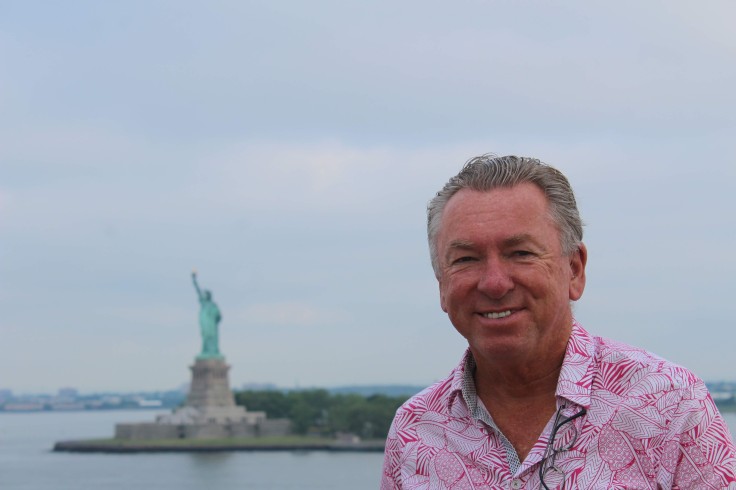
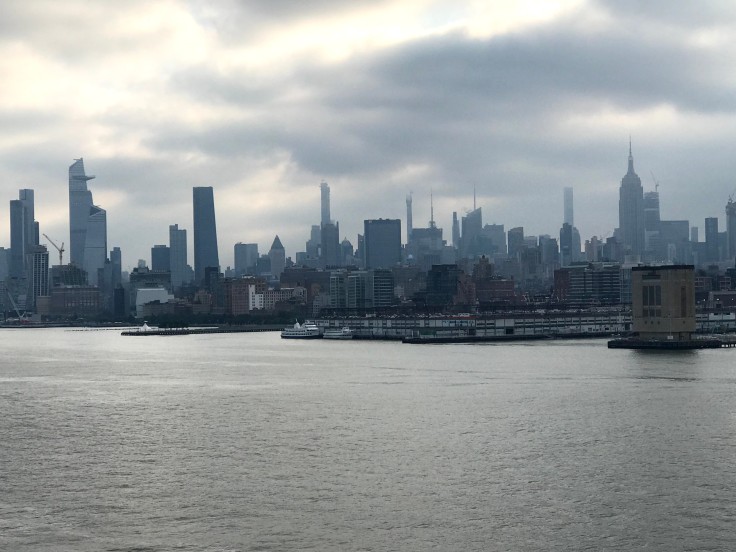
Skyline of New York 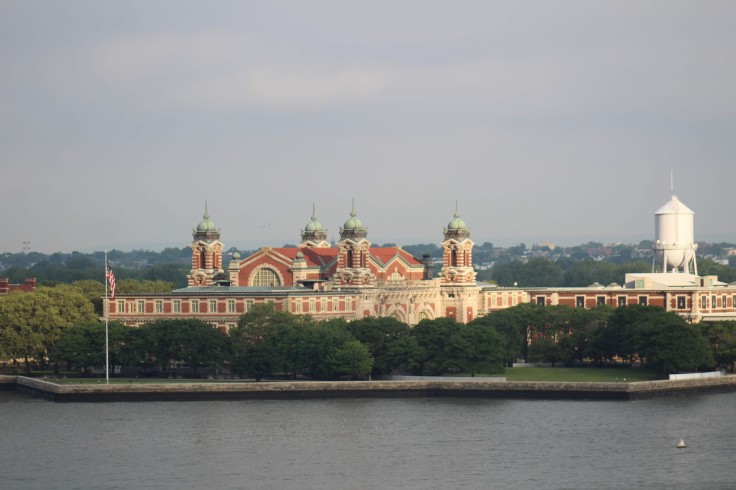
No idea what this is, but we thought it was beautiful.GW 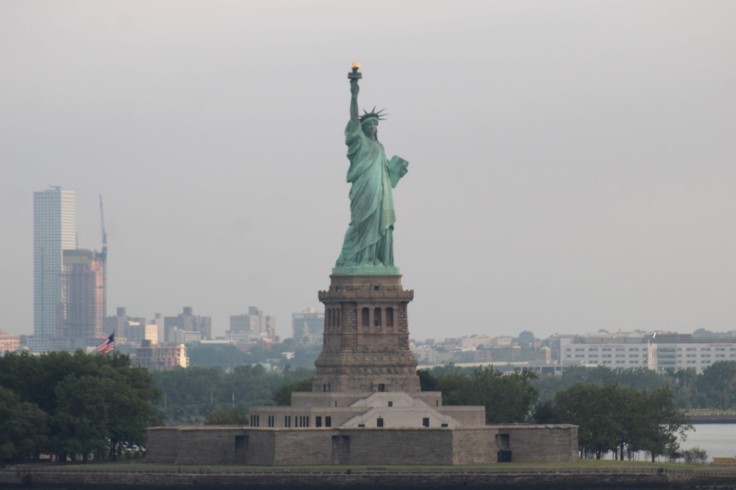
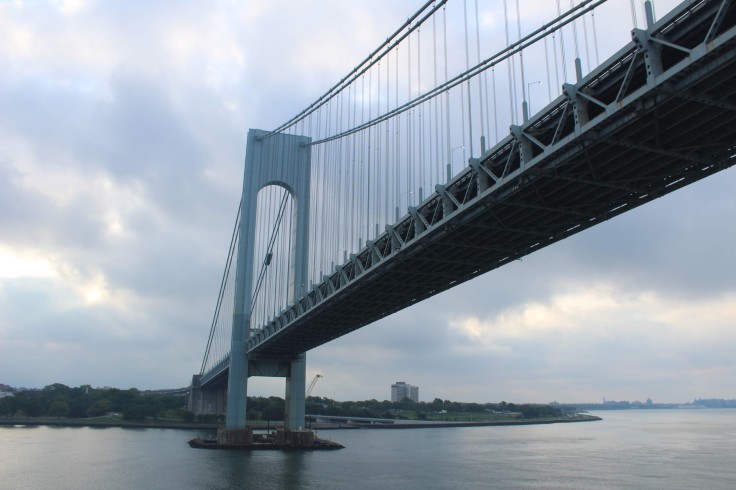
GW Bridge 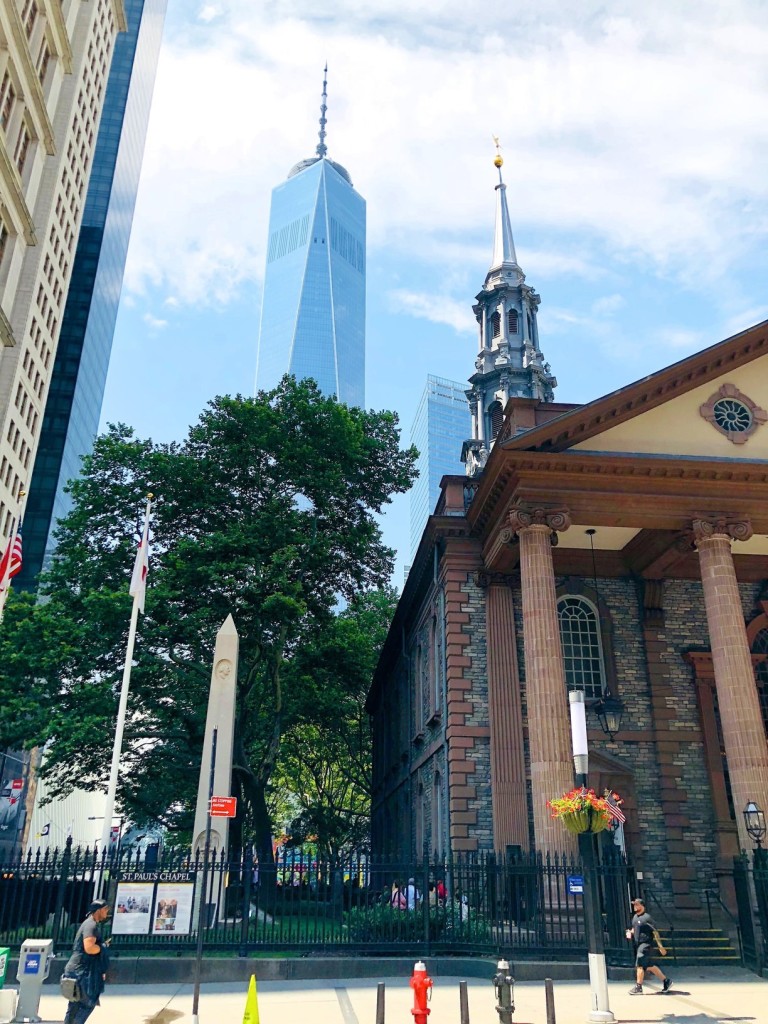
In this view of St. Paul’s you can see how close it is to the Twin Towers. 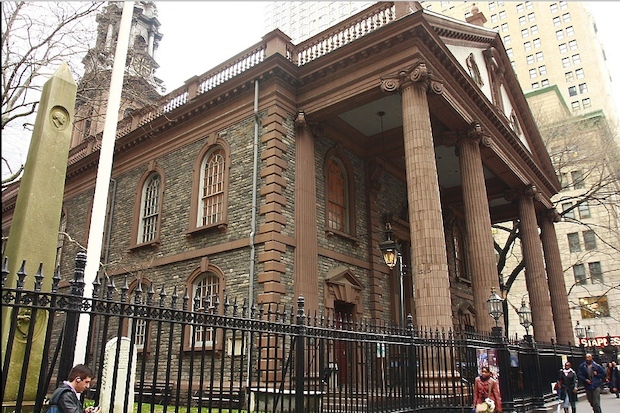
The fence of St. Paul’s, where so many missing person posters were hung after 9/11 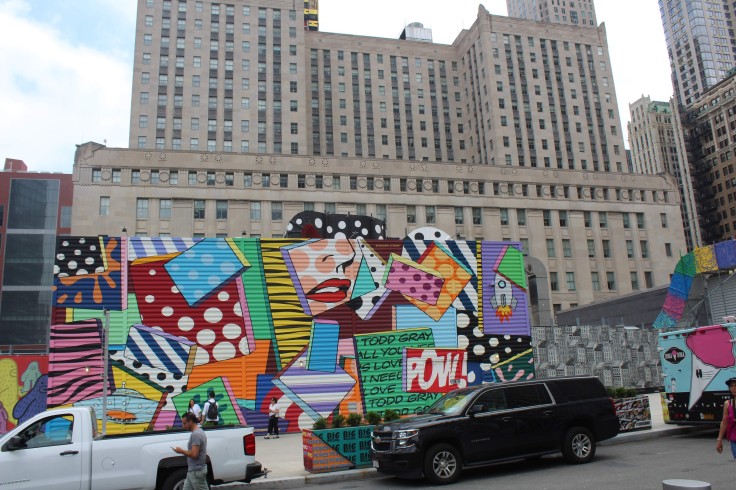
This colorful wall hides construction of the 7th and final building of the World Trade Center plaza. 
Reflection pool that is part of the external memorial, intended to represent the footprint of Tower One. There are two reflecting pools. The trees surrounding each of the pools represents the actual footprint of the buildings. 
The names of those who perished in the 9/11 attack are grouped according to relationships. 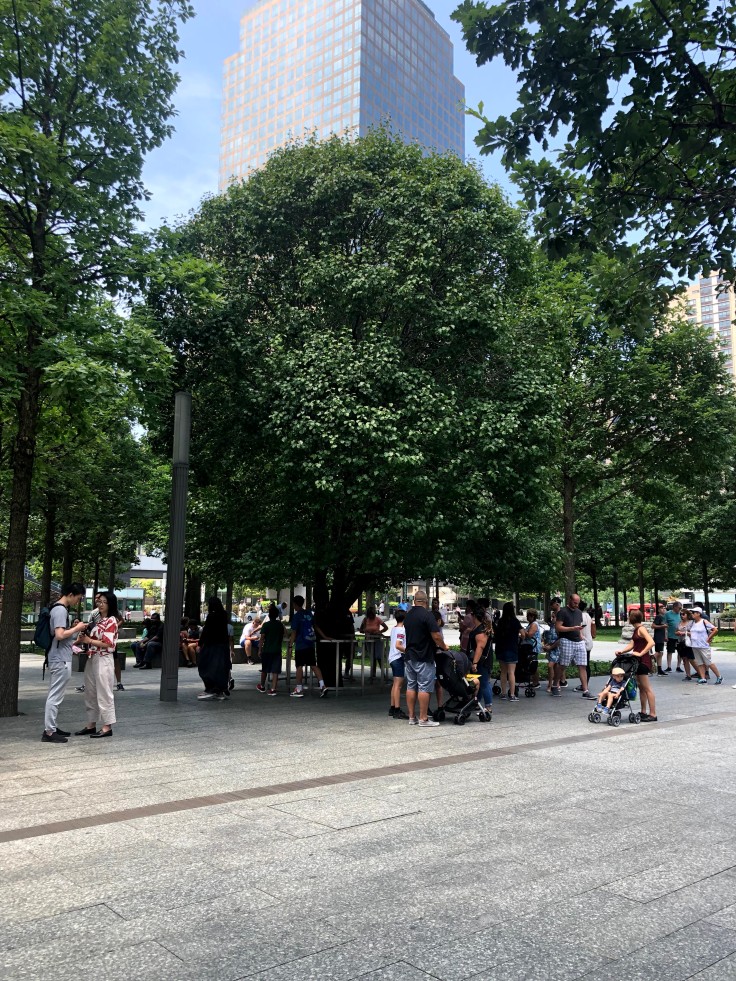
Survival Tree – this Bradford Pear was found barely alive among the rubble. It was sent to NY Botanical Gardens, where it as saved, and replanted in its original location in 2010 as a sign of hope and resilience. Trimmings of the tree are sent to other places that have survived a terrorist attack and they grow their own Survival Tree. 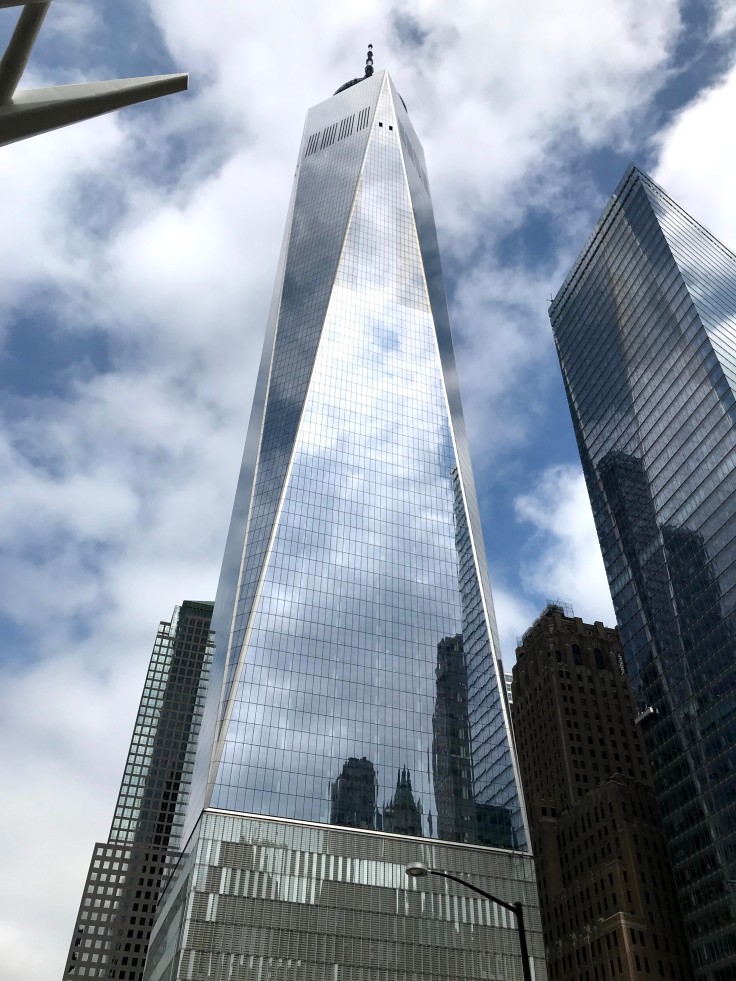
One World Trade CenterThes 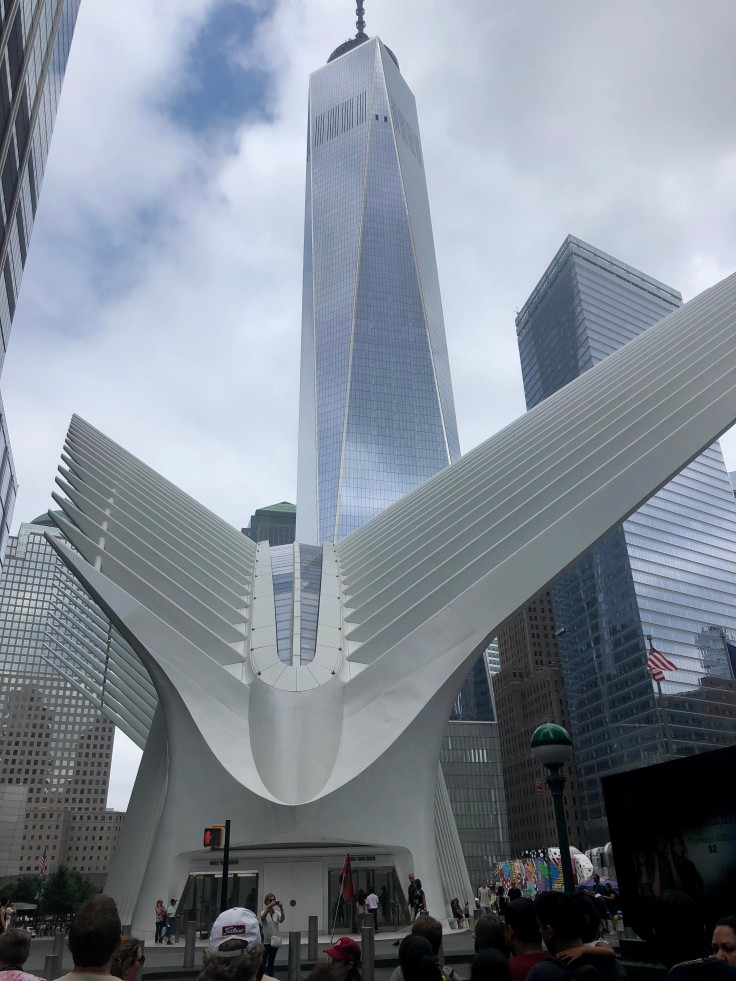
The Oculus was the first building erected as part of the rebuilding of the World Trade Center complex. 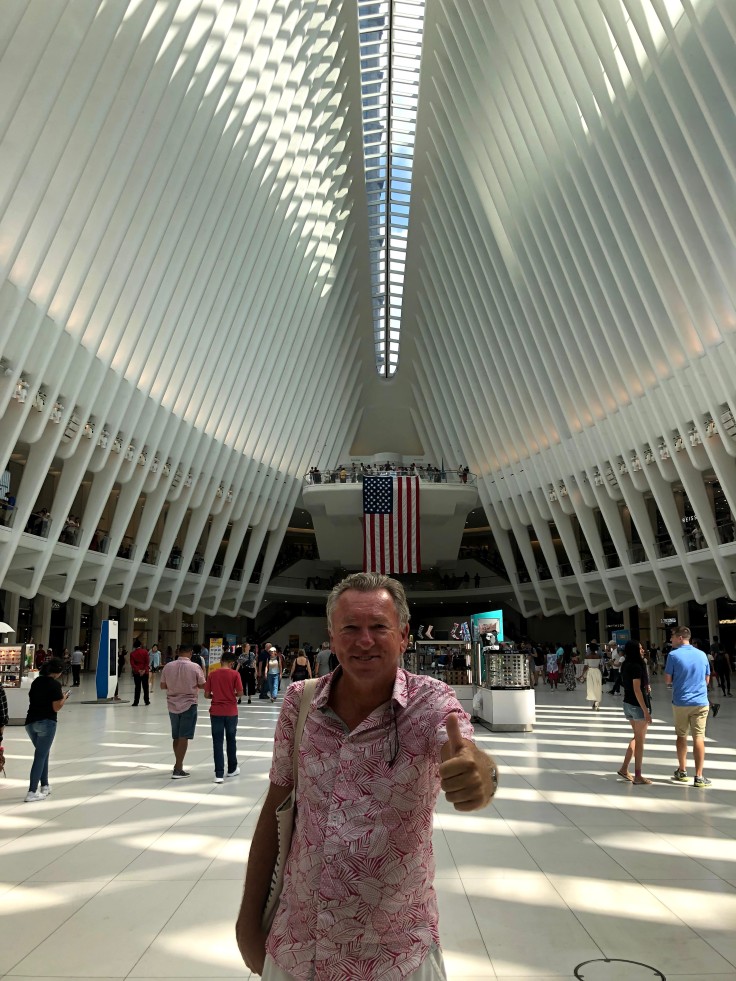
The Oculus houses a train station and huge mall complex. Every Sept. 11 at 10:28 a.m., – the moment the North Tower collapsed – the ceiling is opened to allow a beam of light to shine the length of the building, signifying the light that continues to shine after the darkness of tragedy. 
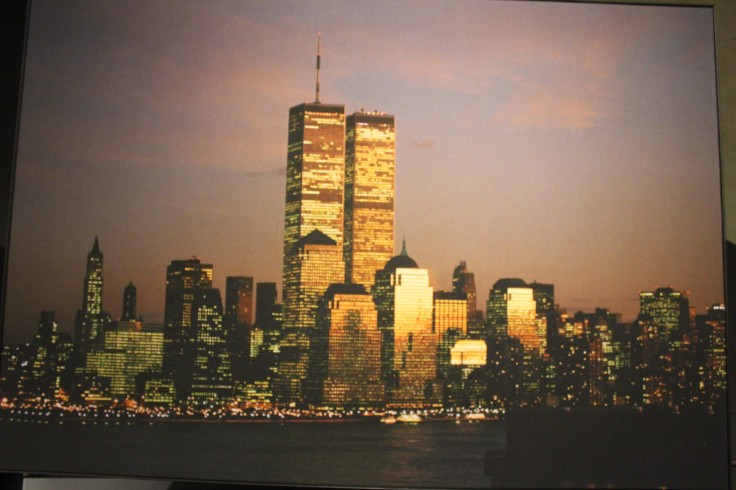
The Twin Towers before the attack. 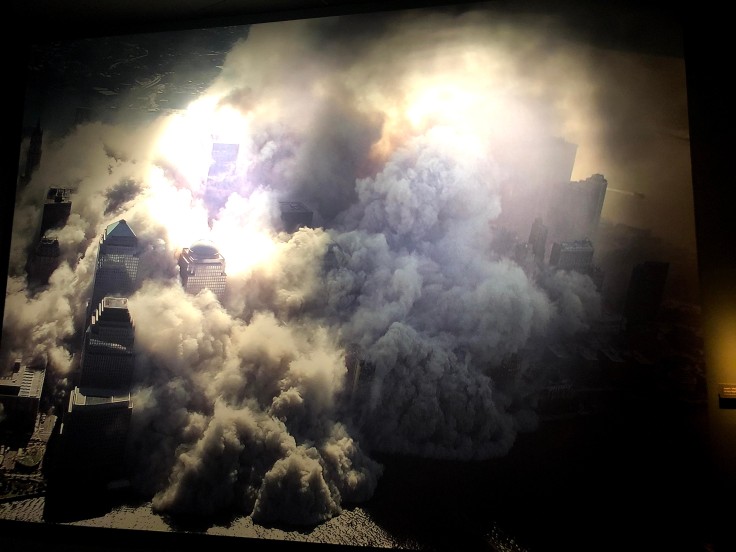
The Towers collapse 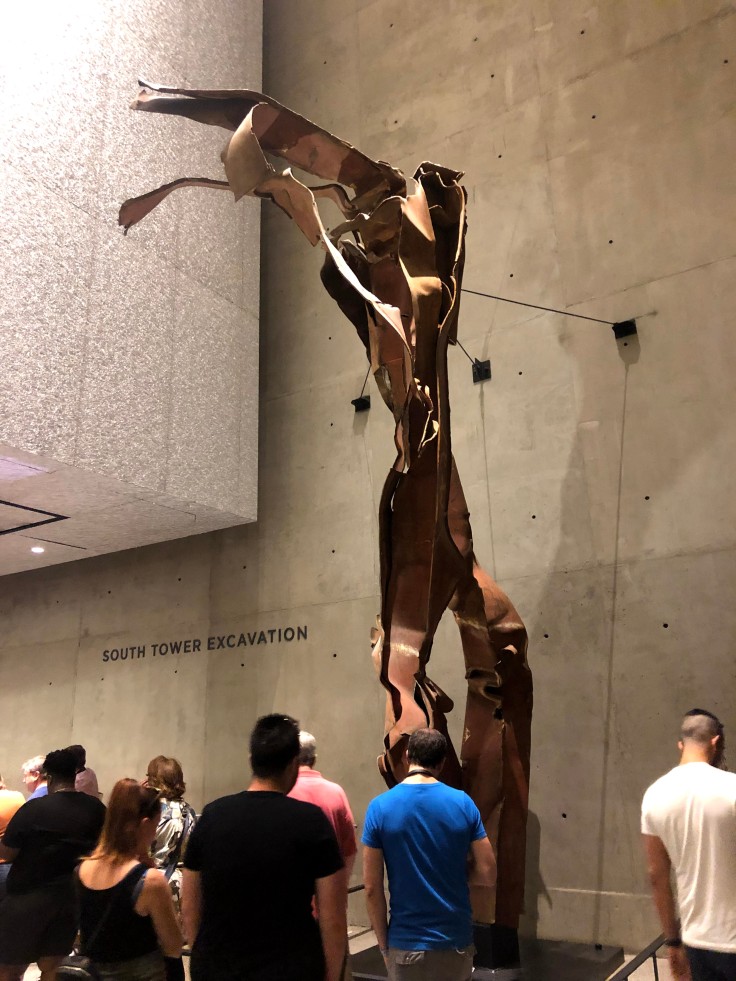
A section of steel support beam melted in the fire. 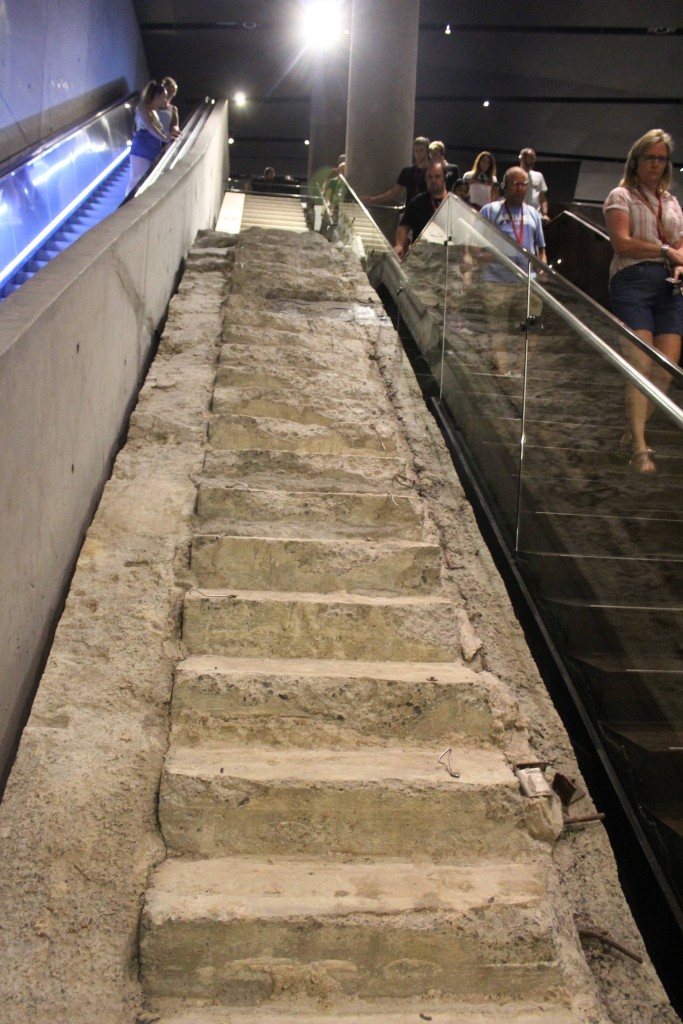
These stairs provided the only way out for people in the South Tower, which was evacuated just 5 minutes before the North Tower collapsed. 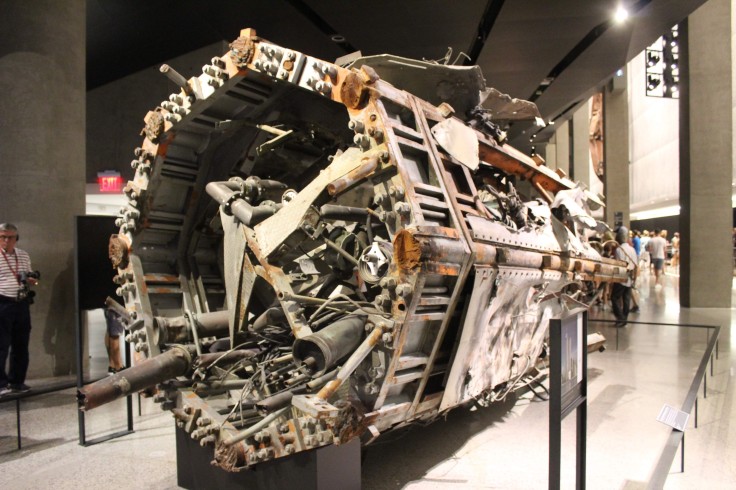
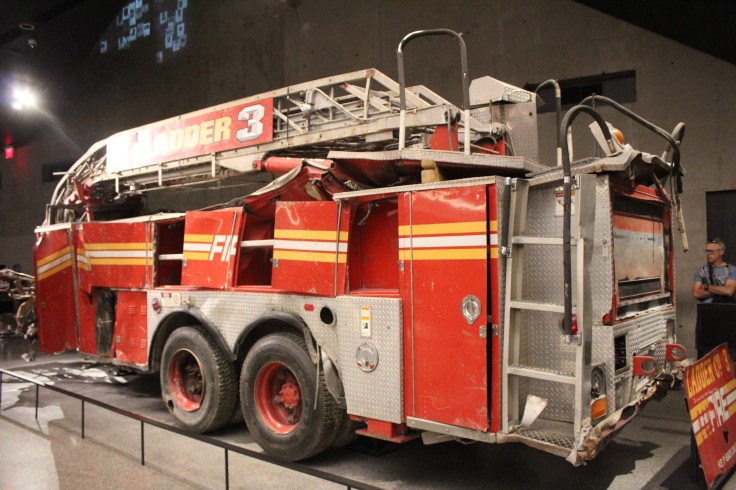
This fire truck was among those that responded to the attack. It was parked near the rubble of Tower One, and within minutes was melted by the heat. 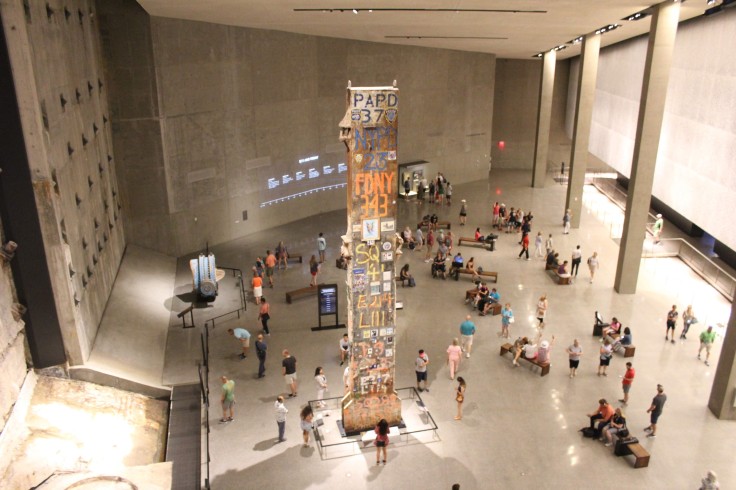
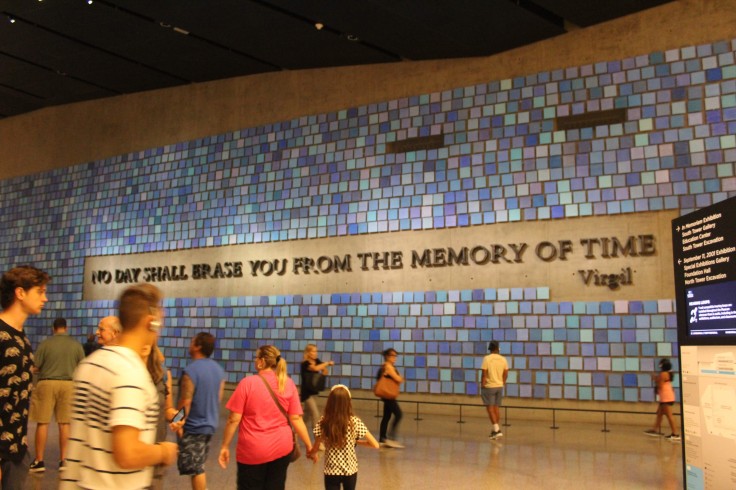
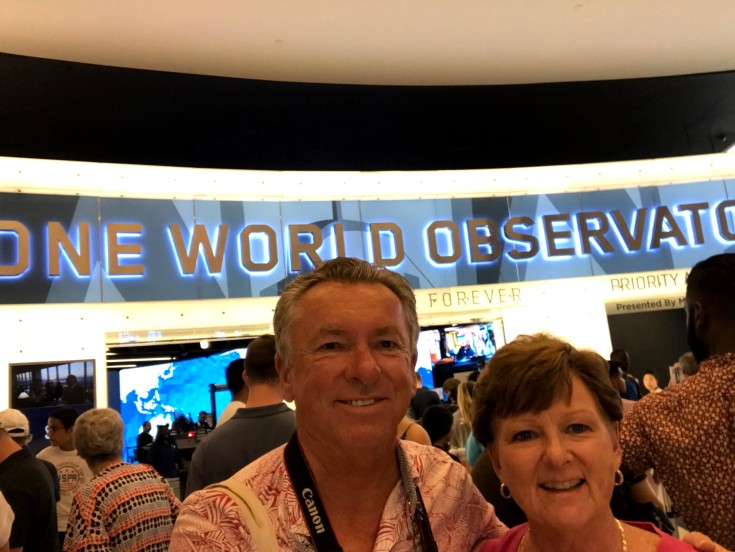
After the Memorial we visited the observation deck at the top of One World Trade Center. Elevators climb 102 stories in 47 seconds. 
The views are amazing. 
